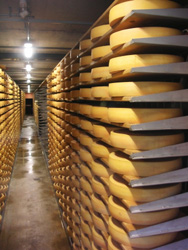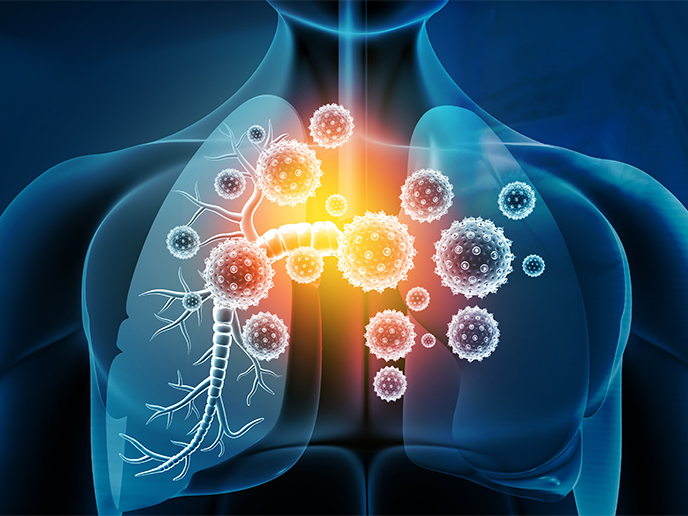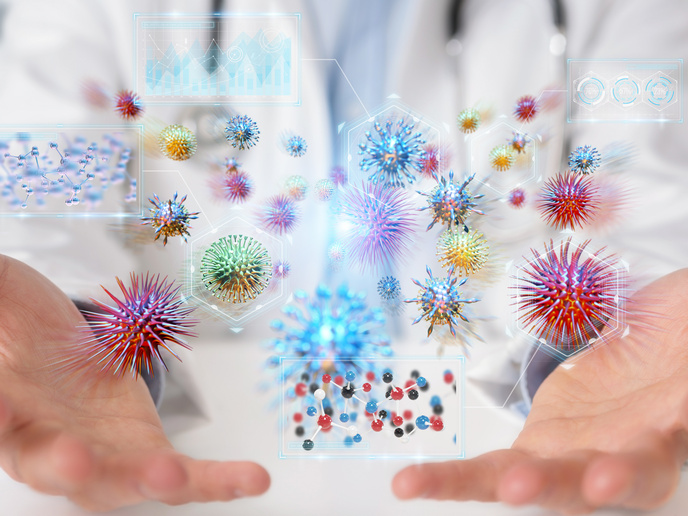Detection of lactic acid bacteria in cheese
The metabolic activity of some strains of LAB can result in the production of toxic biogenic amines (BA). Eating foods containing high levels of BA can result in increased heart rate and blood pressure. Such a response may even threaten the life of the person who consumed it. This is particularly the case for those individuals suffering from a deficiency in the intestinal amino-oxidases. Tyramine is the most commonly occurring BA in cheeses and the most concentrated. It is from the decarboxylation of the corresponding amino acid, tyrosine. This is carried out by enzymes produced by microorganisms found in the food. The DECARBOXYLATE project has developed a fast, simple and sensitive method for detecting tyramine producing LAB throughout the food chain. The creation of tyramine is more closely connected to the strain of bacteria used, rather than the species. The bacteria which generate tyramine could be from contaminants in fermented food or part of the starter culture. Therefore, it was extremely important to identify the strain of bacteria responsible for producing tyramine. In this way the contaminants will not be used in the starter cultures. Consumer demand has been the driving force behind healthier foods. One result has been a growing interest in techniques for detecting BA producing microorganisms in foodstuffs. The method developed by DECARBOXYLATE enabled identification of tyramine-producing strains of bacteria by polymerase chain reaction (PCR) analyses, through the use of tdcA primers. Use of the PCR technique allowed possible tyramine-generating strains of bacteria to be detected in milk and cheese, and during the milk fermentation process.







